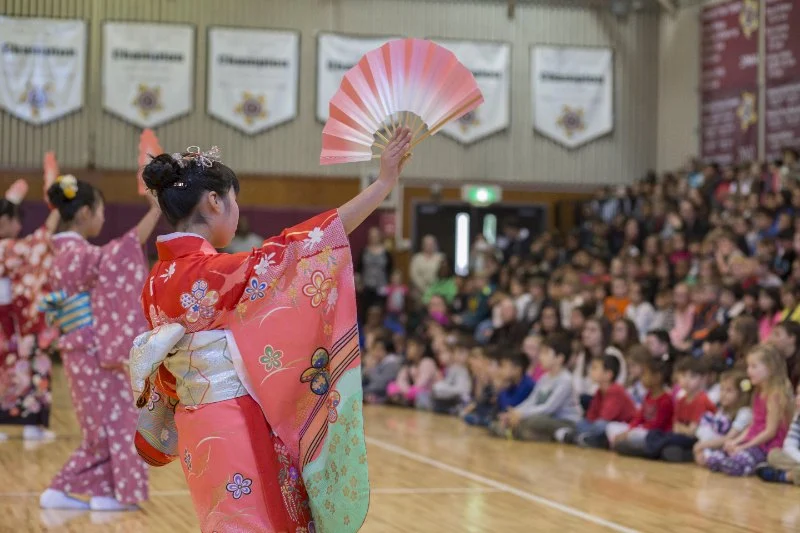
- 1. Introduction
- 2. Cultural Differences in School Celebrations
- 3. School Dances in Japan
- 4. Other Cultural Traditions in Japanese Schools
- 5. Conclusion
1. Introduction
When it comes to school celebrations and extracurricular activities, each country has its own unique traditions. One question that often arises is whether or not Japanese schools hold school dances. In many Western countries, high school dances like prom or homecoming are considered major events in a student’s life. But does Japan, with its distinct culture and educational system, incorporate school dances into student life? In this article, we’ll explore Japanese school traditions and delve into the reasons behind the absence (or rare occurrences) of school dances in Japan.
2. Cultural Differences in School Celebrations
To understand why Japanese schools do not traditionally host dances, it’s important to first look at cultural differences between the East and the West. In many Western cultures, dances are an important part of high school life. They serve as social events where students bond, form friendships, and celebrate milestones. However, in Japan, social events tend to be more subdued and structured differently.
Japanese culture emphasizes group harmony (wa), respect for authority, and modesty. School events, while important, often focus on academic achievements, sports, and group-based activities rather than individual expressions or large social gatherings. This can be a key reason why extravagant school dances, like those seen in the U.S., are not as common in Japanese schools.
3. School Dances in Japan
So, do Japanese schools have school dances? While the answer is generally no, there are some exceptions. School dances, as they are known in the West, are not a regular part of Japanese school culture. However, this doesn’t mean that students in Japan don’t engage in social activities that can be just as fun and meaningful.
In some private schools, especially those that are more Westernized or international, events similar to dances may be organized. These might include casual parties, mixers, or informal gatherings that allow students to socialize. However, these events are usually less formal and not a regular tradition. More often, Japanese students participate in events such as:
- School Festivals (Bunkasai): These are large, annual events where students prepare performances, food stalls, and exhibitions. It’s a time for students to showcase their talents and creativity in a non-competitive way. While these festivals aren’t dances, they are a major social event in the school calendar.
- Sports Festivals (Undokai): This is another significant event where students participate in various athletic competitions. It’s a day full of camaraderie, teamwork, and school spirit, often enjoyed by students and their families.
- Graduation Ceremonies: Japanese graduation ceremonies are formal events, but they can also serve as a way for students to reflect on their time together and celebrate their achievements. While there are no dances, the focus is on ceremony, speeches, and group photos.
4. Other Cultural Traditions in Japanese Schools
While school dances are rare, Japanese schools have plenty of other unique traditions that shape student life. These traditions include:
- Uniforms: School uniforms are a defining aspect of Japanese schools. Students are expected to wear their uniforms with pride, which contributes to a sense of unity and discipline.
- Cleaning Time: In many Japanese schools, students participate in daily cleaning routines, where they are responsible for tidying up classrooms, hallways, and bathrooms. This fosters a sense of responsibility and teamwork.
- Class Trips (Shugaku Ryoko): These are annual school trips, usually in the second year of high school, where students travel together to historical or cultural sites in Japan. These trips offer students a chance to bond outside the classroom and make lasting memories.
5. Conclusion
In summary, while traditional school dances are not part of Japanese school culture, students still enjoy a rich array of social activities and celebrations. From school festivals to sports events, Japanese students have plenty of opportunities to bond with their peers and create lasting memories. These cultural differences highlight the diverse ways in which young people come together to celebrate their school years around the world.
If you’re interested in learning more about Japanese culture, school traditions, or even dance-related activities, visit American Dance Academy for further insights and tips!

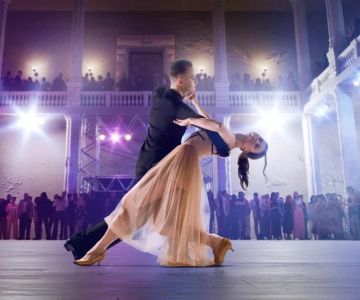

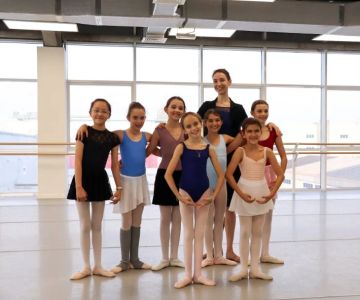


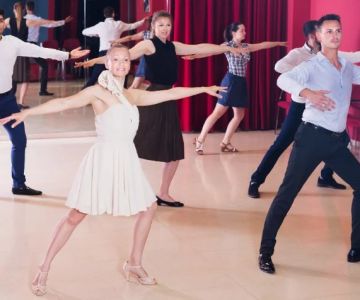
 Barrington Dance Academy5.0 (22 reviews)
Barrington Dance Academy5.0 (22 reviews) Canyon Concert Ballet4.0 (17 reviews)
Canyon Concert Ballet4.0 (17 reviews) Big City Dance Center LLC4.0 (25 reviews)
Big City Dance Center LLC4.0 (25 reviews) Tye Chua Dance & Kalamazoo Ballet5.0 (18 reviews)
Tye Chua Dance & Kalamazoo Ballet5.0 (18 reviews) Fenton Ballet Theatre4.0 (24 reviews)
Fenton Ballet Theatre4.0 (24 reviews) Front Street Dance Center5.0 (7 reviews)
Front Street Dance Center5.0 (7 reviews) Are There Dances in Middle School? What Students and Parents Should Know
Are There Dances in Middle School? What Students and Parents Should Know How a Dance School in Instagram Builds Community and Success
How a Dance School in Instagram Builds Community and Success Why Do Schools Teach Square Dancing?
Why Do Schools Teach Square Dancing?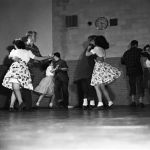 Why Was Square Dancing Taught in School?
Why Was Square Dancing Taught in School? Why Swing Dance Is Popular for Adults
Why Swing Dance Is Popular for Adults A School Dance: How to Prepare, Shine, and Make It Unforgettable
A School Dance: How to Prepare, Shine, and Make It Unforgettable